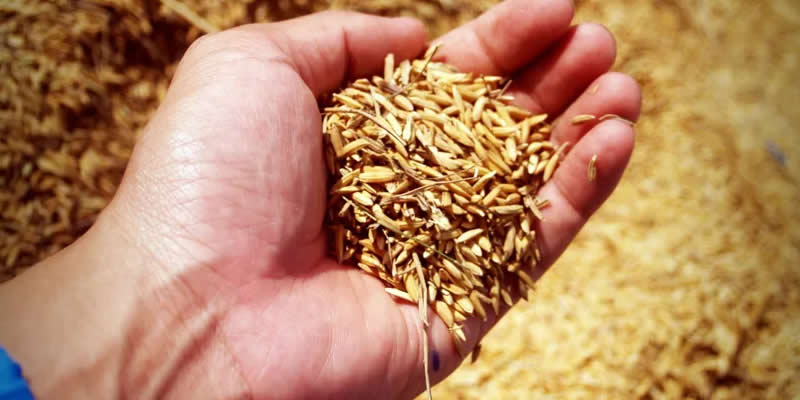Eating more whole grains could help reduce the risk of type 2 diabetes, American researchers have said.
A team from the Harvard T.H. Chan School of Public Health said that indulging in one to two portions of brown rice, bulgur, millet and buckwheat reduced their risk by 29 per cent when compared to those who barely ate any.
The study also found that those who consumed at least one serving of oatmeal or brown rice on a daily basis were less likely to develop diabetes than those who ate less than one monthly serving of that particular grain.
- Breastfeeding linked to reduced type 2 risk in later life
- An apple a day could (actually) halve type 2 diabetes risk
Just over 194,000 people took part in the trial and they were divided up into three different groups, depending on their whole grain consumption.
The average follow-up with the participants was carried out at 24 years and the findings found that 18,629 people had gone on to develop type 2 diabetes.
Whole grains have been associated with good health for a long time because of their high fibre content and antioxidants. Previous research has shown that a diet rich in whole grains can reduce fat mass, increase the resting metabolic rate and increase insulin sensitivity, among other positive health benefits.
- Low Carb Program ranked #1 for Type 2 Diabetes Prevention in The Times’ Best Health Apps 2020
- Obesity is greatest risk factor for type 2 diabetes irrespective of genetics
Senior author Qi Sun, associate professor in the Departments of Nutrition and Epidemiology, said: “We know diet is one of the most important factors that determine the risk of developing type 2 diabetes. Fruits, vegetables, whole grains, extra-virgin olive oil, nuts, yogurt, and other healthful foods may lead to reduced risk of developing this disease.”
The authors recommend people should change their diet to include whole grain breakfast cereal, dark bread and wheat germ in a bid to reduce their chances of being diagnosed with type 2 diabetes.
The study findings have been published in the BMJ.






